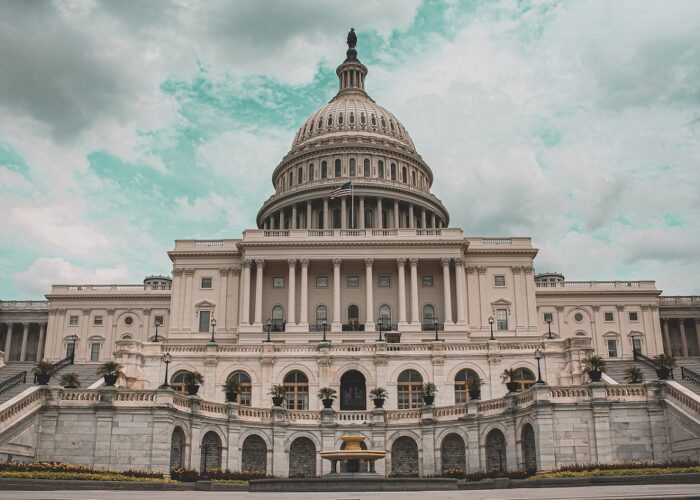Japan is set to conduct another review of the solar feed-in tariff (FiT) policy following the drafting of a policy which could see renewables and nuclear almost at equal levels in the national energy mix.
Local news outlets reported that the subcommittee of the country’s Ministry of Economy, Trade and Industry (METI) responsible for the document expected the impromptu FiT review to be launched shortly. The Long-term Energy Supply and Demand Outlook Subcommittee, Advisory Committee for Natural Resources and Energy met on 1 June.
Unlock unlimited access for 12 whole months of distinctive global analysis
Photovoltaics International is now included.
- Regular insight and analysis of the industry’s biggest developments
- In-depth interviews with the industry’s leading figures
- Unlimited digital access to the PV Tech Power journal catalogue
- Unlimited digital access to the Photovoltaics International journal catalogue
- Access to more than 1,000 technical papers
- Discounts on Solar Media’s portfolio of events, in-person and virtual
Despite one sub-committee member having reportedly opposed it, the group approved plans from late April to determine that Japan will seek to source between 22% and 24% of its energy from renewable sources, and between 20% and 22% from nuclear by the year 2030.
Ever a controversial topic in Japan, the reactivation of nuclear power plants shuttered since the Fukushima disaster had spurred on the start of the FiT policy, driving Japan on to being unquestionably one of the world’s largest PV markets. The government, backed by heavy industry and alleged pressure from utilities, seems keen to get going on the restart, with many sources stating a belief that two or three of the reactors could be switched back on this year.
Prior to the 2011 disaster, nuclear had provided around 30% of the total mix, with more than 50 reactors in operation. Popular former prime minister Junichi Koizumi slammed the current administration led by Shinzo Abe, with the Japan Times newspaper reporting that Koizumi accused Abe of breaching an election pledge. Koizumi has adopted a resolutely anti-nuclear stance since the March 2011 crisis and said Abe would be breaking promises to the electorate to lower reliance on nuclear. Some industry and environmental group commentators have also alleged that the government is in the thrall of lobbying from heavy industry groups.
“Has he already forgotten what he said during the election?” Japan Times quoted Koizumi as having said.
The rest of the energy mix would be comprised of 27% liquid natural gas (LNG), coal at 26% and oil at 3%. A Japanese newspaper, Nikkei, pointed out that from 2013 fiscal year levels, renewable energy generation would increase by more than 100%, when it was pegged at 11% of the mix, natural gas was at 43% and coal at 30%.
A METI press conference this morning confirmed that the review would be held, Bloomberg reported. The review has been announced in addition to an already-expected summer cut to the FiT. In previous years, the FiT had been cut by around 10% at the end of the financial year, but following high profile concerns over grid capacity, consumer energy prices and other factors, METI decided that two cuts would be made, totalling a 16% reduction in the FiT. A survey by the Japan Renewable Energy Foundation (JREF) of solar industry participants found that many were “pessimistic” about the industry's position in the face of policy uncertainty.
It is not yet clear how the new target ratios will affect that move. The official reasoning behind the new energy mix plan is that there are three main objectives: to achieve energy self-sufficiency of around 25%, to lower electricity costs from the current levels and to reduce greenhouse emissions by amounts comparable to the respective efforts of the US and nations in Europe.
The first of those objectives would almost certainly have required nuclear capacity to be increased, since Japan is lacking in conventional energy reserves, while it would be a simple way to depress electricity costs to some extent by lowering the FiT rates. Finally, despite its controversial nature from a safety point of view, nuclear is a low emissions technology. With the COP21 talks on climate change taking place in Paris in December, Japan and other major nations are thought to be discussing emissions levels with this in mind.
In addition to solar and some wind power generation, Japan is also supporting energy storage, smart home and hydrogen fuel cell technologies, while the country’s energy market is also scheduled to undergo a deregulation process next year. Again, it was not yet clear from initial reports how these aspects of energy policy will be affected.







